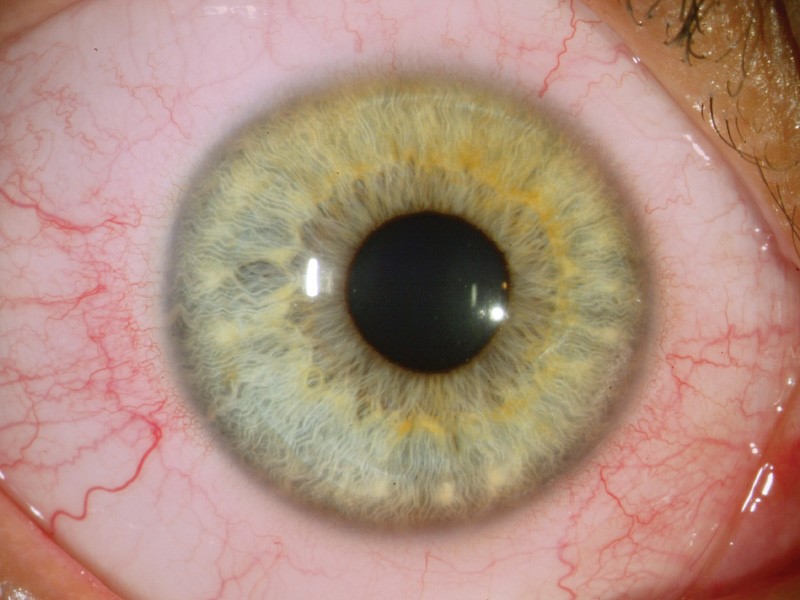Spring Conjunctivitis
What is it?
One of the most common ocular allergic processes is spring conjunctivitis. It can affect people of any age, although the peak of incidence is between 18 and 35 years of age, with no differences between males and females. Usually there is a genetic factor, so people with a family history of allergies are more likely to develop it. The most common allergens in this condition are pollens from trees (olive, banana or cypress) and grasses.
Symptoms
Itching is the main symptom of this disease. In addition, there may be tearing, red eyes, swollen eyelids, discharge and eye pain. In more severe cases it may present discomfort to light (photophobia) and blurred vision. Symptoms usually occur in both eyes, but sometimes in only one.
There is a clear relation between annoyance and the time of year that circulate allergens. It may be associated nasal damage, such as allergic rhinitis, or throat.
Treatment
It is recommended to visit your ophthalmologist as soon as the discomfort begins, in order to assess the status, severity, and provide the most appropriate treatment.
In mild seasonal allergic conjunctivitis, topical antihistamines are used. In moderate or extraocular damage, such as nasal or skin damage, antihistamines are administered orally. In more severe cases it is indicated the association of topical corticosteroids. These can have side effects depending on their potency, duration of treatment and response for each person, which is why the use of these drugs should always be prescribed and monitored by the ophthalmologist. In cases of severe allergy, systemic corticosteroid administration may be necessary.
Prevention
When faced with seasonal allergic conjunctivitis, allergy tests should be performed to determine the causing allergens and assess treatment with vaccines, which is usually effective in the long term.
Environmental control is the most important preventive care for people with this disease. To accomplish this, one should avoid exposure to the offending allergen, although this may be difficult in many cases. Avoiding or reducing field trips, closing the windows, the use of air conditioning filters and the use of sunglasses during periods of pollination are recommended methods. When the exposure has already occurred, washing with saline or artificial tears can be performed to clean allergens from ocular surface, reducing the contact time. Through these preventive measures it is possible to prevent eye allergy symptoms from recurring year after year.

